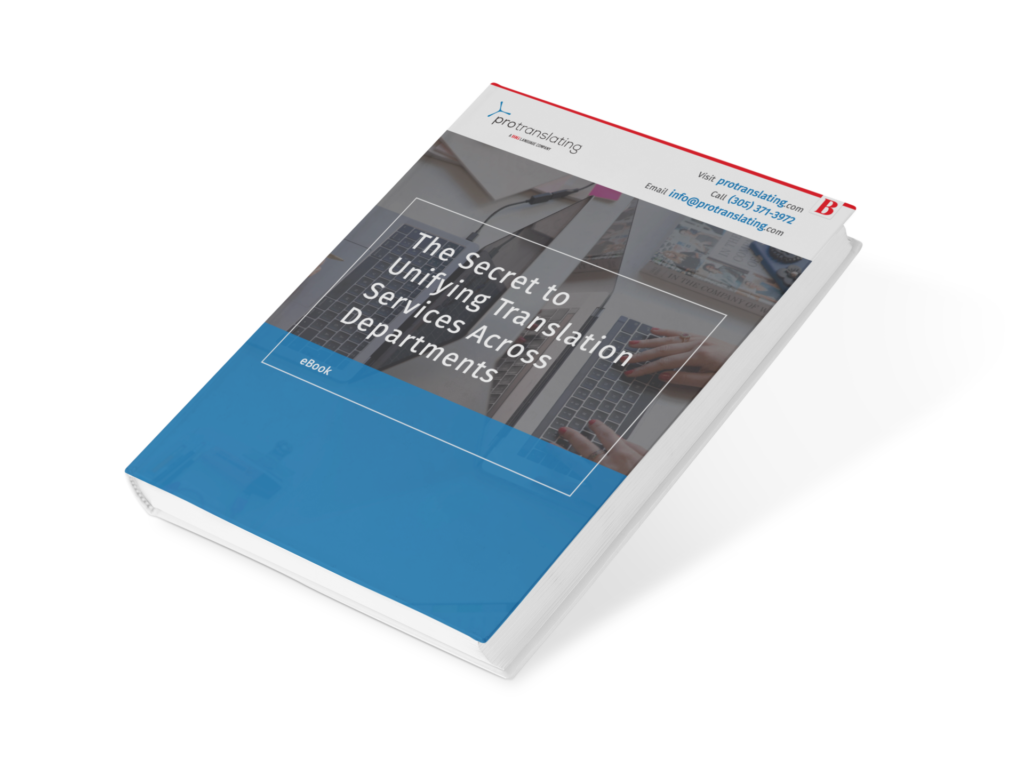Ten Key Questions to Ask
Selecting a qualified language service provider (LSP) can be a very tricky process. Now a $30 billion industry, the translation services sector encompasses tens of thousands of businesses that vary widely based on the languages they translate, range of services offered, number and capacity of locations, quality, customer service, internal capabilities, and subject matter expertise. Here are a few tips on what to look for when selecting your LSP.
1. Can they meet your needs?
When interviewing the LSP, be clear about your project goals. Choose a translation company that has specific knowledge of your business sector and the languages of the cultures you are targeting. Ask the company you are vetting to provide case studies of its work with other clients in your area. Before work begins, provide the LSP with examples of translations that demonstrate your desired tone and style, as well as a glossary of company-specific terminology.
2. What is their background and financial status?
It is important to verify that the company with which you will build a relationship is financially secure and has an established history of success. Also, make sure that translation is its core business and that its staff includes native speakers with specific subject matter expertise.
3. Are they accredited and certified?3
Quality should be of the utmost importance when selecting your LSP. You should only consider agencies that have acquired the ISO 9001 and ISO 17100 certification for professional translation services.
4. Do they have global offices in relevant locations?
It is important that the LSP provider aligns with your business. If your company has offices and clients in Asia and Europe, partnering with an LSP that has project managers located in these regions can help ensure that your global teams have access to direct contacts during their respective business hours.
5. Are they accessible 24/7?
It is crucial to have ’round-the-clock service no matter where you are located. For example, there is a 12-hour time difference between Miami and Beijing. If a change is requested by someone in Miami in the middle of the workday, colleagues in Beijing won’t see that request until the next morning. This could cost you an entire day’s worth of translation work. Balance your project managers around the globe and you’ll save time, money and stress.
6. Can they supply references?
Companies that have completed projects successfully will have happy clients who are willing to share their experiences. Ask the LSP to connect you with past or current clients so that you can speak to them directly.
7. Will they sign a non-disclosure agreement?
It is common to ask a vendor to sign a nondisclosure agreement before allowing access to your confidential files. Your contract with the LSP should include signed NDAs with all staff and linguists assigned to your project.
8. Do they have a solid quality control process in place?
Make sure that the LSP has a thorough-but-efficient process for reviewing the content and formatting of all translation projects.
9. Are they affordable?
Everybody wants the highest quality of work at the lowest price. Bear in mind that cost is affected by your internal process, the complexity of the subject matter and the level of technical expertise required. Be sure your LSP is transparent in its pricing and that there are no hidden fees.
10. Do they work quickly and provide easy access to translation projects?
It is key that your vendor be able to translate efficiently, reliably, and on time. A timeframe for completion should be clearly agreed upon at the beginning of any project. And, your LSP should make it simple for you to track the progress of your project at any time.







